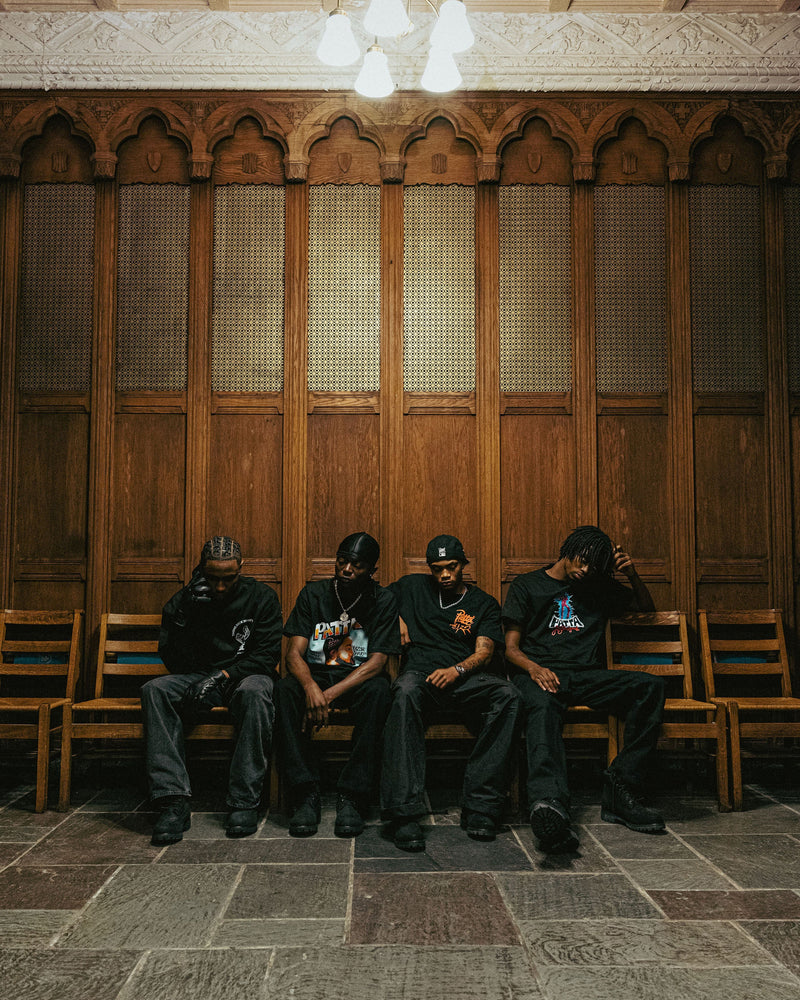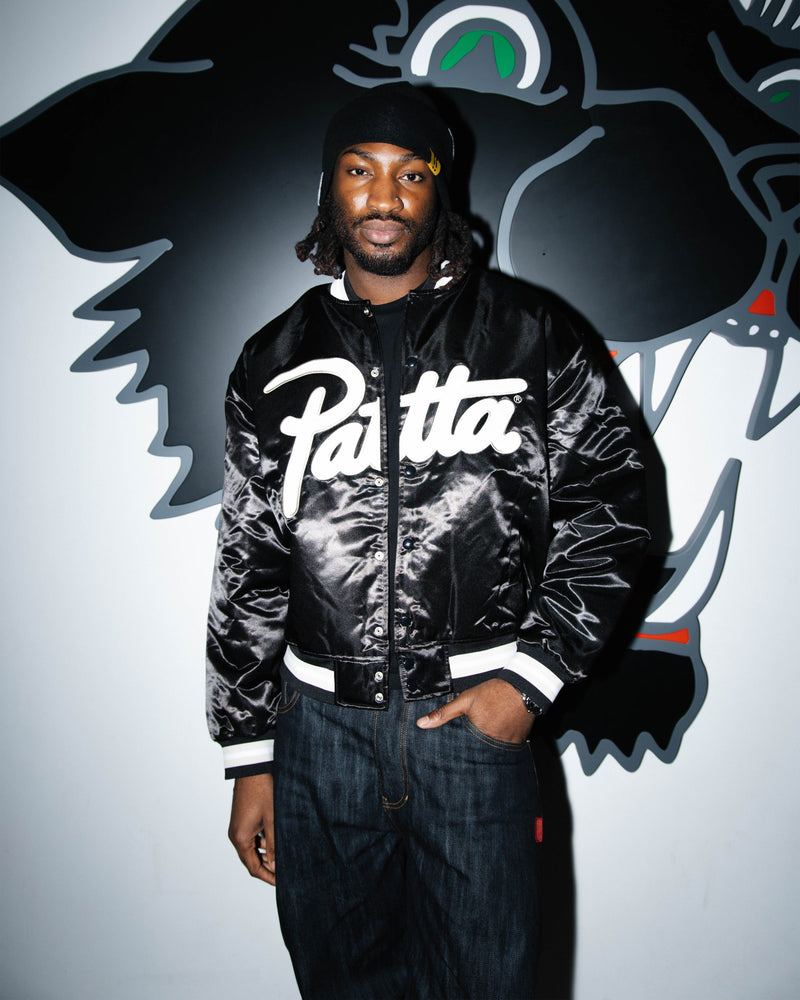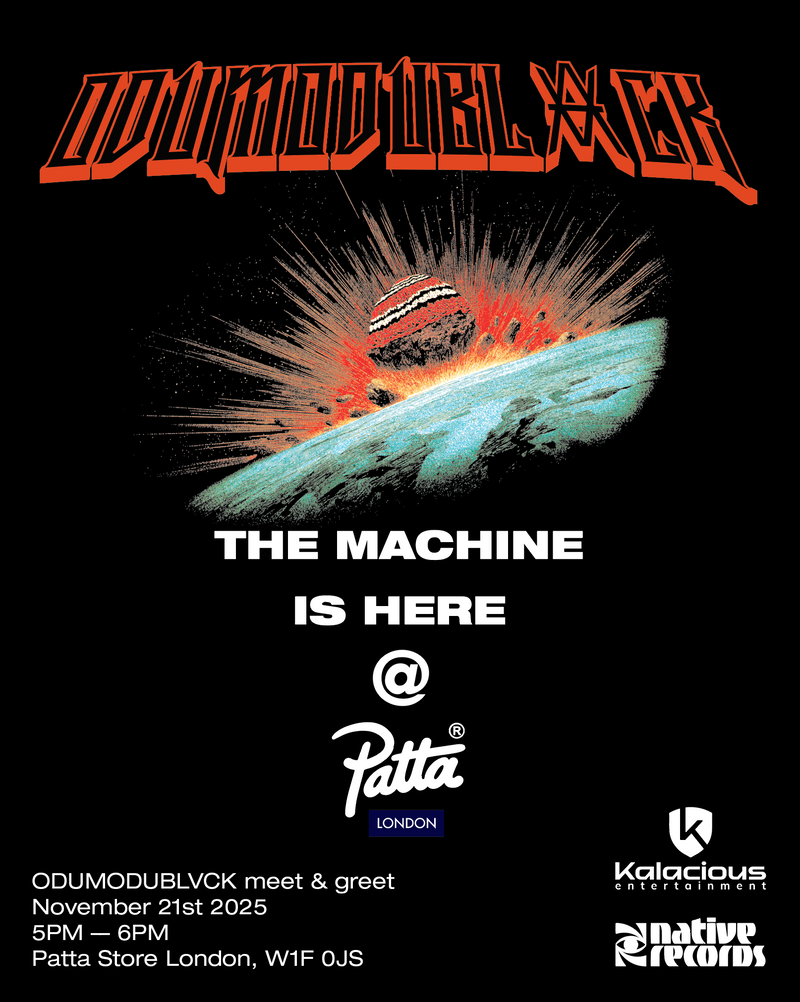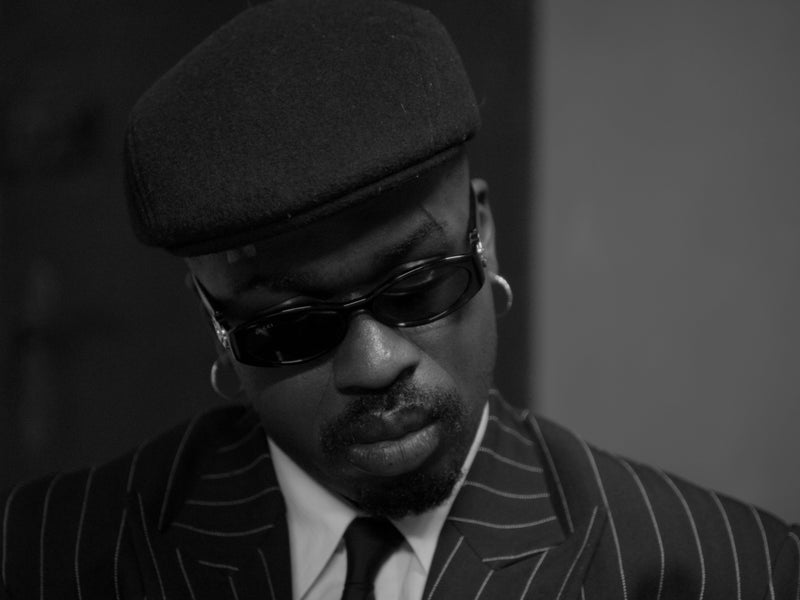
Get Familiar: Saràh Phenom
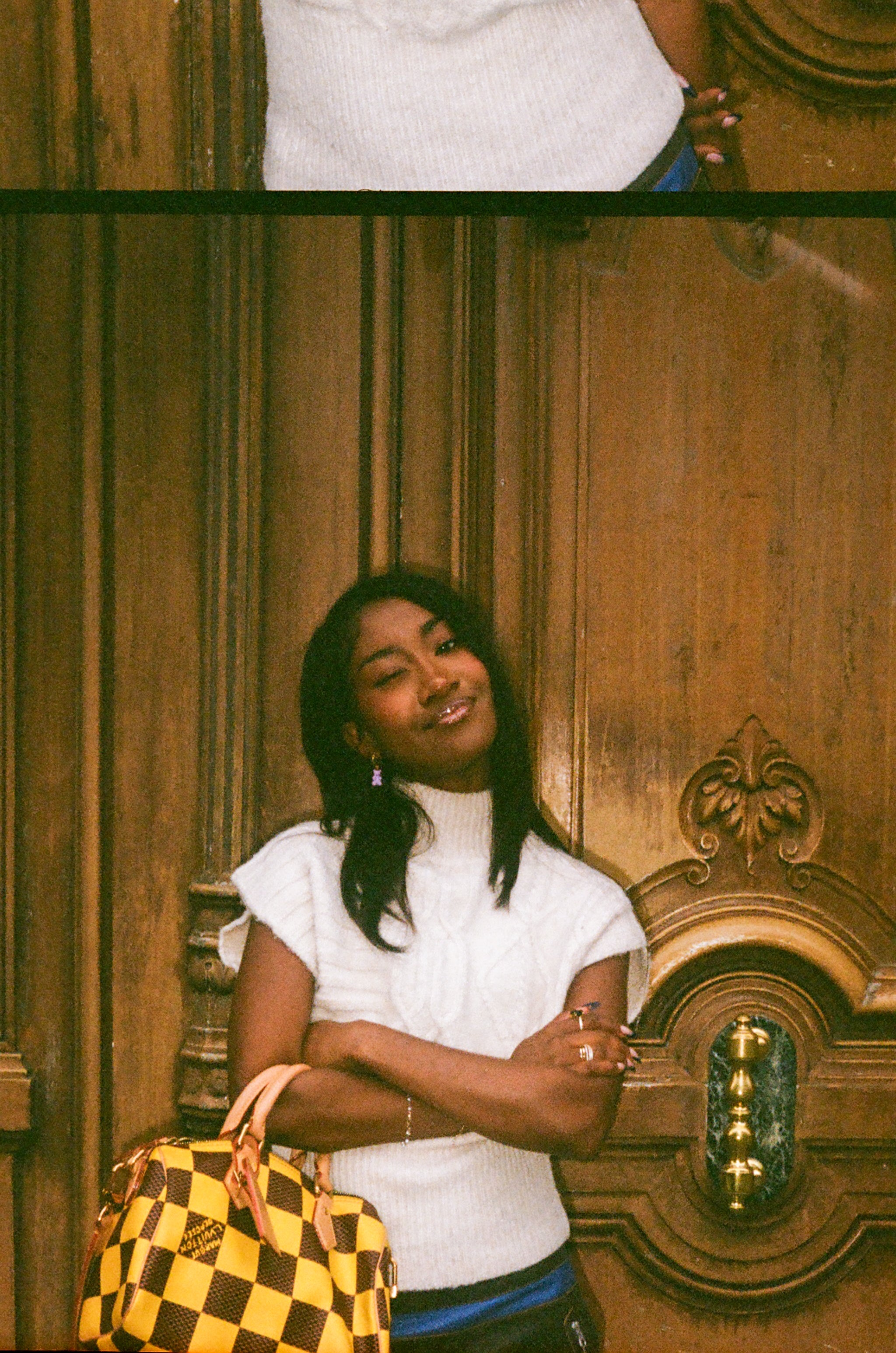
Interview by Passion Dzenga
Saràh Phenom is a bold artist whose music and fashion break boundaries, blending global influences with her unique sense of self. Born in Rwanda and later moving to Europe, Saràh’s eclectic tastes and distinctive worldview set her apart from a young age. She often felt like an "alien" due to her different way of thinking, and this sense of individuality continues to shape her artistry. Her teachers dubbed her "Phenom," recognizing her as a true phenomenon.
From early on, Saràh was captivated by music and fashion, inspired by everything from music videos to vintage European fashion. As a child, she was drawn to expressing herself through these mediums, forging deep connections with people from diverse backgrounds. Now based in London, Saràh embraces a "little fantasy world" of her own, where she navigates life and art with a fearless, non-linear approach.
Her EP, girl, is a vibrant collection of tracks that reflect two years of personal growth and experiences. With themes of empowerment, self-discovery, and the beauty of imperfection, the EP showcases Saràh’s musical range and unapologetic confidence. Drawing from influences contemporary pop music, and her grandfather’s love for Latin and classical music, Saràh’s sound is a fusion of rhythms, melodies, and raw emotion. Join us as we get familiar with Saràh Phenom.

How did your childhood in Rwanda shape your artistic vision and identity?
It made me stronger, definitely tougher, but also very open-minded! I grew up surrounded by people from all over the world, so from an early age, I was introduced to and became interested in multiple cultures.
You mention feeling like an "alien" due to your unique way of thinking. Can you elaborate on what that means for you and how it influences your creativity?
I’ve always felt alienated. It’s like my brain thinks completely differently from the people around me, which makes me view the world in a unique way.
Who were your biggest musical influences growing up, and how did they impact your approach to music and fashion?
Kanye West, Gwen Stefani, Lady Gaga, Beyoncé, and Rihanna were my biggest inspirations. Sonically and visually, they had the strongest impact on my life. Their vision and artistic expression were unapologetic and erratic, which was a revelation for me as someone coming from a place as conservative as Rwanda.
You have a strong connection to fashion. How does your personal style reflect your music and vice versa?
A lot of times, I make soundtracks for my life situations, so I have a song for every occasion!
Can you walk us through the inspiration behind your EP, girl? What themes and emotions are you exploring in this work?
I’m exploring growth, self-discovery, and motivation. I’m talking about my transition from girl to woman, moving to a big city, navigating my industry, and growing as a person—finding motivation in the small things along the way.

You describe your music as a cathartic expression of your feelings. How do you channel your experiences into your songwriting?
I live through them and then go into the studio. I get a conversation going with collaborators, we cook up something, and I end up laying down melodies and lyrics. If I have writers with me, we fill in the gaps. It’s as direct as that!
What does your creative process look like when you’re composing music? Do you have any rituals or routines that help you get into the zone?
I do a few vocal exercises, drink tea, and stretch—nothing too crazy (that I can think of)!
How does your work address themes of women's power and the beauty of imperfection? What message do you hope listeners take away from your songs?
I hope they have fun and feel inspired to create! I want them to take away the message that they can do anything they set their minds to, not to compromise on things they don’t genuinely feel, and to put themselves first at all times (which I haven’t been doing a lot of lately). Also, it’s okay to be different and try new things!
Your music transcends geographical boundaries. How do you integrate your diverse experiences into a cohesive artistic vision?
By collaborating with like-minded people who also have diverse backgrounds! For this EP, it was crucial for me to work with people who understood the broad scope we were aiming for, and together we were able to narrow it down and conceptualize the project.
You mention navigating the complexities of life in a unique way. How do you stay grounded amidst the chaos and fast-paced nature of your journey?
I don’t —but then I write about what I’ve learned from being devious or all over the place. It depends on the season I’m in! I know the pressure and chaos will get worse, but what keeps me grounded in general are my sisters and cousins. They care a lot about me and always check in. I love them with all my heart, and my faith keeps me strong.
What do you hope to achieve through your music in terms of connecting with your audience?
I hope I can touch a part of them they didn’t even know they needed to be touched! I share my experiences, and I hope someone out there can relate the way I do.
Looking ahead, what are your dreams and goals for your music career and artistic endeavors?
I have so many! One big dream is to perform in stadiums and collaborate with my favorite artists, as well as other up-and-coming artists I really admire. I want to win awards and break boundaries for other Black women who experiment with different sounds without being put into boxes.
You describe living in a "little fantasy world." What does that look like for you in everyday life?
It’s actually very hard. I get called delusional almost every day, but at the end of the day, it’s just how I choose to live my life, and it’s truly pushed me to great heights. I’m sure it will continue to do so! You control your own reality.
If you could collaborate with any artist from your diverse list of influences, who would it be and why?
I absolutely love Banks—I've always been a fan—and Kanye West, because I feel like the collaboration could either be musically daring and beautiful or lyrically totally outrageous! Either way, it would be amazing!
What do you want your legacy to be in the music and fashion industries?
I want to become a household name! I want to be a voice for the misunderstood, the forgotten, and those who haven’t had a chance to express themselves.
You can stream Saràh Phenom's latest project girl now
